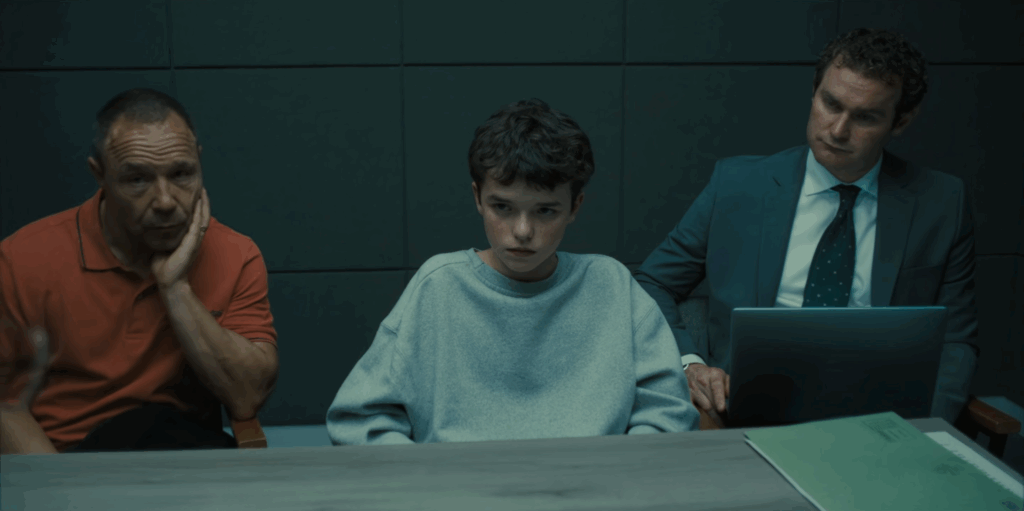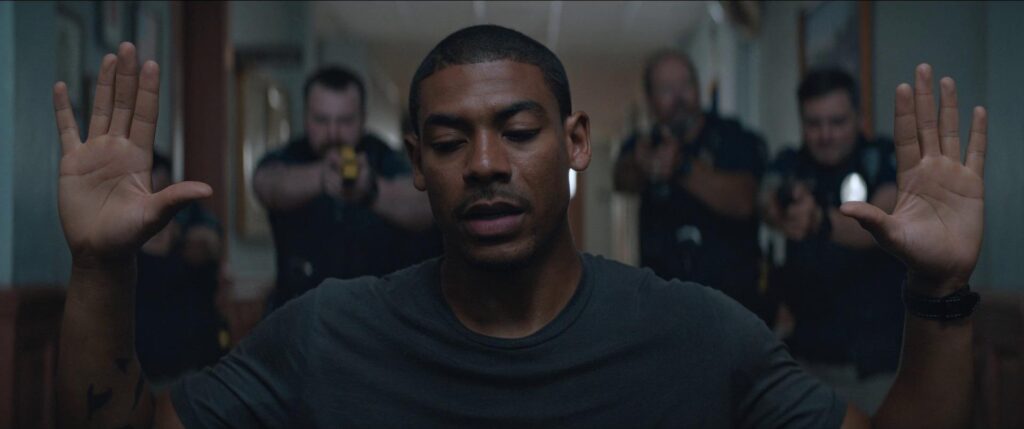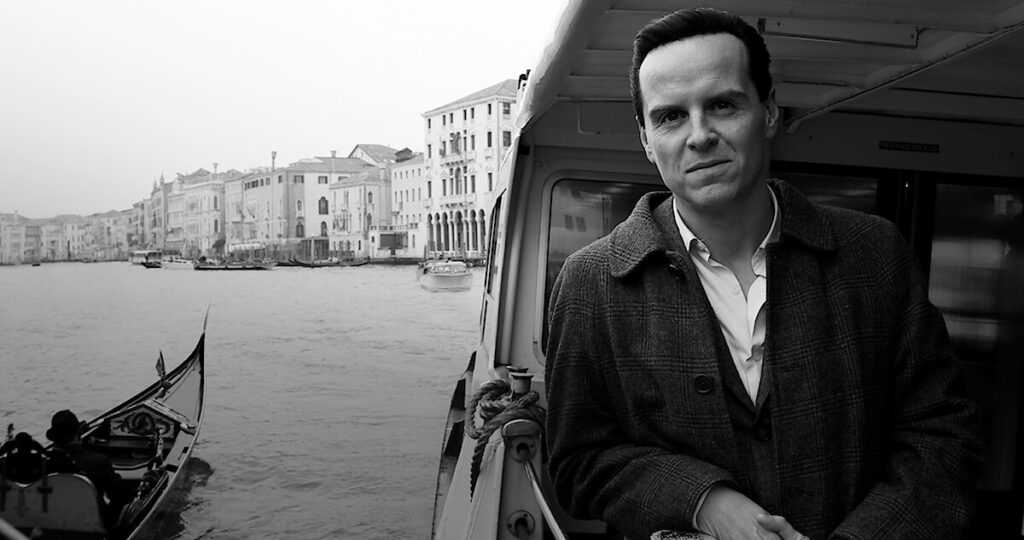Adolescence (2025)
In Philip Barantini’s refusal to cut away from his camera’s long, uncomfortable takes, Adolescence pushes a quiet form of insistence, bearing witness to the raw, fragmented, and unresolved mess left in the wake of one teenager’s horrifying crime.



